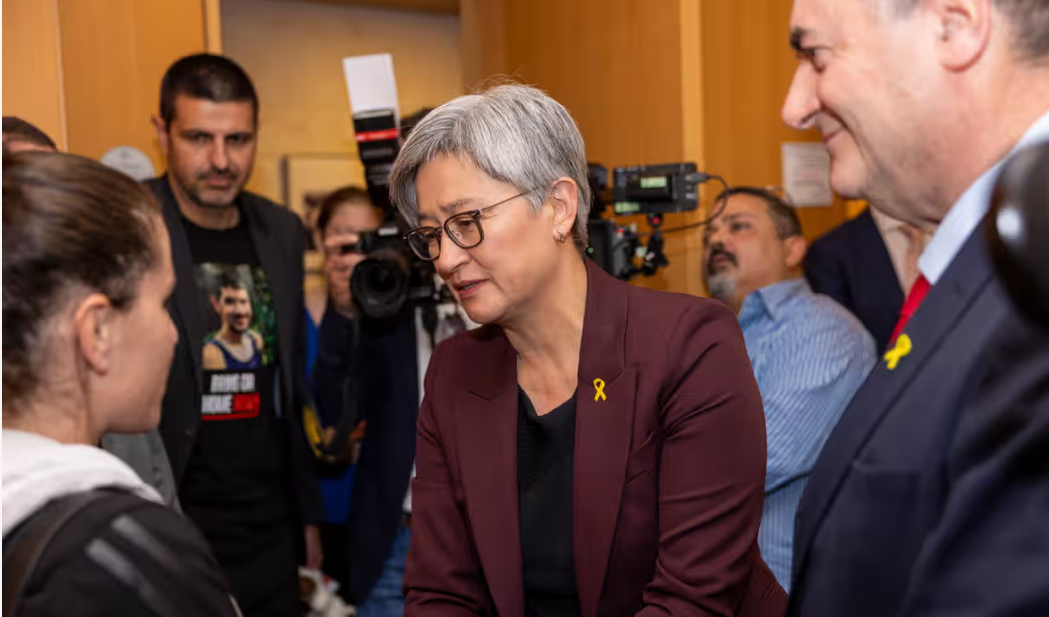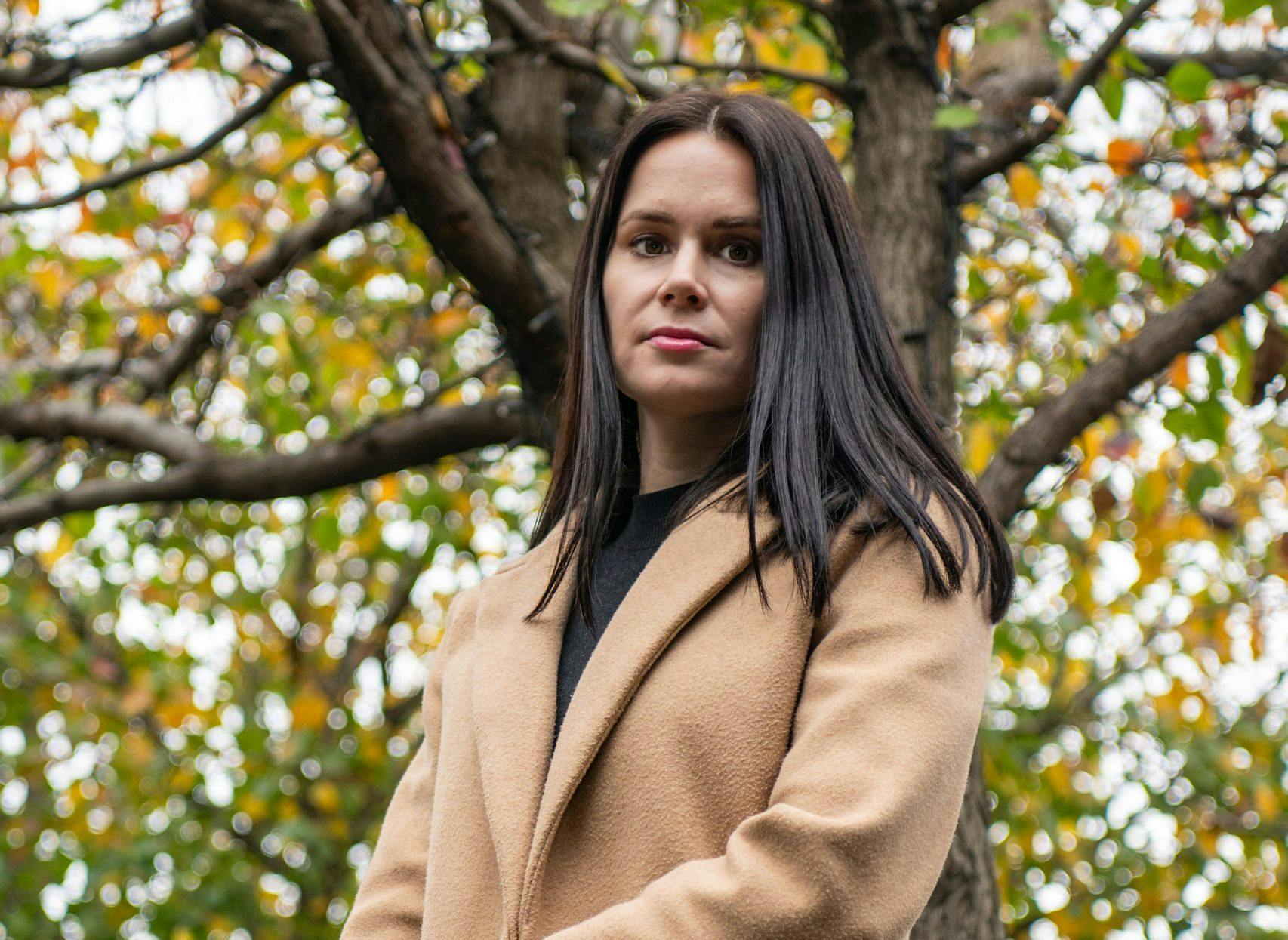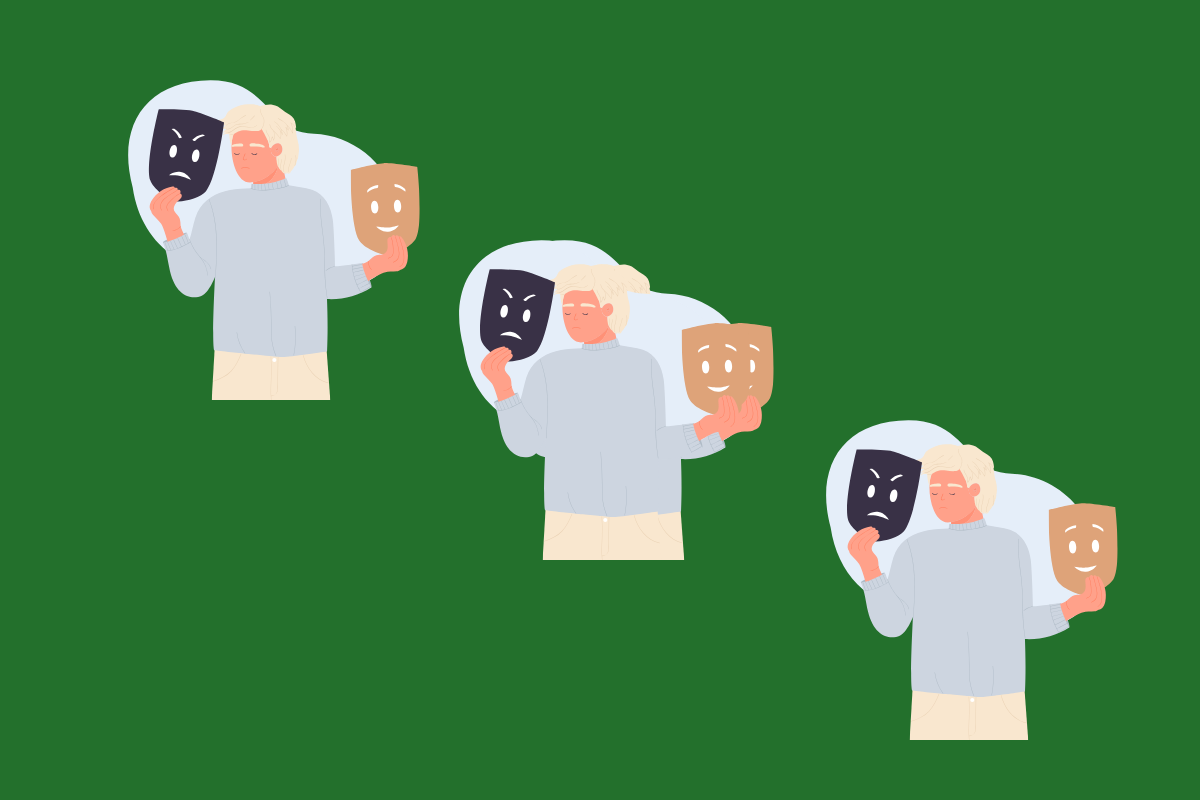Published: 8 May 2024
Last updated: 6 May 2024
We have a problem. Actually, we have many problems: the rise in antisemitism in various and nefarious forms; the impact it is having on us and young people in particular, individually and collectively; the implications of current attitudes and behaviours on the future of Australian and world Jewry; and what we are going to do about it (expletives deleted).
These issues and questions have been festering for years as antisemitism has steadily grown and morphed across the globe. It would be a gross understatement to say that since October 7, the rise of antisemitism has been exponential – as various reports have documented – hence the sense of real urgency about developing effective and impactful anti-antisemitism strategies.
These approaches can and do take multiple paths, from political measures and public relations campaigns, to educational programs and micro-interventions, such as conversations with friends, colleagues and within local groups and communities.
A timely and painfully obvious question that we must all ask ourselves is this: are these programs working? If we have so many offerings, engaging tens of thousands of school students every year, and antisemitism is still on the rise, what is going on?
Here in Australia, as elsewhere around the world, we are putting much of our energy and hopes into educational programs. Some of the plethora currently on offer, many of which have been running for years now, include: Click against Hate, Connecting Cultures (Zionism Victoria), Courage to Care, Jewish Museum of Australia, Melbourne Holocaust Museum, Sydney Jewish Museum, Respect, Understanding and Acceptance (NSW Jewish Board of Deputies), and Together for Humanity. The study of the Holocaust is also mandatory in the history curriculum of various states.
Personal disclosure: I am working on a new schools program at the Jewish Museum of Australia specifically designed to counter antisemitism.
A timely and painfully obvious question that we must all ask ourselves is this: are these programs working? If we have so many offerings, engaging tens of thousands of school students every year, and antisemitism is still on the rise, what is going on? Would the situation be worse without these programs, so are they at least ameliorating the alarming rise in statistics? Or, potentially even more disturbingly, could these programs be exacerbating the very antisemitism they are designed to counter?
Beyond evaluation that may be done at the conclusion of a program or shortly thereafter, we know almost nothing about the impact of these programs on students’ long-term attitudes towards Jews and whether participation ‘inoculates’, to some degree, against antisemitic expression in society and online as we hope they do.
A significant Australian Research Grant awarded last year will explore if and how learning about the Holocaust through museum visits leads to a lasting change in attitudes and behaviours among participants.
The recent Blueprint Institute study, Antisemitism in Australian schools, published in February and reported on in TJI, is worthy of close reading in the effort to find that ‘silver bullet’ that will deliver transformative education in this space. In addition to outlining the extent of antisemitism in Australian schools (it’s real and it’s growing), the report makes various recommendations, including ‘doing things that actually work’. The implication here is that we are currently doing things that don’t.
One such assumption we make that is core to various educational programs, including the mandatory teaching of the Holocaust at school, is that learning about antisemitism’s most violent and genocidal expression in the past will shape students’ perceptions and responses to the antisemitism that is surging in the present. Studies show that one does not necessarily follow another, and careful and explicit pedagogical planning is needed if such connections are to be made.
What actually works, according to the Blueprint Institute report, are ‘bottom-up’ and locally developed programs, recognising that one size doesn’t fit all and starting young.
As part of my research, I have come across a number of programs that include stereotypical and hateful images of Jews generated by various antisemitic propaganda campaigns to further their racist and scapegoat agendas. These images are reproduced in programs in order to educate students about the history of antisemitism and how it has morphed over the centuries.
My response to this is at once visceral as a Jew and deeply felt as an educator: why would we expose young people to the very stereotypes we are seeking to counter? While I’m no expert in the psychology of racism, I know enough to understand that there are inherent risks that exposure may actually reinforce or, even worse, embed the hateful imagery in the first place.
What actually works, according to the Blueprint Institute report, are ‘bottom-up’ and locally developed programs, recognising that one size doesn’t fit all and starting young. Many programs are designed for middle to upper secondary school students. This is fitting for learning about the history of the Holocaust, but given antisemitic behaviour may and often does involve bullying, programs addressing this are most effective in the younger years.
Schools with ‘hotspots’ of antisemitism, are boys-only or which have large student populations from Muslim backgrounds need approaches that will resonate with them, as has been well researched and documented by Suzanne Rutland. Efforts also need to be made to engage families and communities as bias is often inherited, thus shifting it requires engaging widely to change norms.
While we are doing what we can, we also need recognition that antisemitism is not a Jewish problem, but a societal one.
In short, we cannot rely on one-off educational programs in the classroom or delivered through visits to an institution in isolation from the broader context.
It is right that the Jewish community offers a variety of educational programs and commits to doing whatever it, we, can do to address rising antisemitism. It is our lives and futures that are at stake. Some have described the somewhat frenzied response to current events as ‘Jewish panic’, a trigger response to trauma now and in the past, while on the other side, the term ‘Judeo-pessimism’ is used to refer to a tacit acceptance that we will always be the subject of prejudice and hatred. Neither of these extreme swings is helpful.
While we are doing what we can, we also need recognition that antisemitism is not a Jewish problem, but a societal one. Just as we don’t expect women to be solely responsible for countering violence against women, so Jews cannot be solely responsible for countering antisemitism. This is a big ask of victims (especially at only 0.4% of the population) and involves transference of responsibility.
These, as with other social issues, are complex problems that need to be addressed with nuance and understanding, grounded in evidence-based practice, and from various angles. Heads of state education and school leaders must take responsibility beyond the funding of Jewish groups to provide educational offerings – important and valued though this is – to name, notice, denounce and combat antisemitism.
RELATED STORY
The war against the Jewish story (Yossi Klein Halevi, Times of Israel)
The ease with which anti-Zionists have managed to portray the Jewish state as genocidal marks a historic failure of Holocaust education.





Comments
No comments on this article yet. Be the first to add your thoughts.